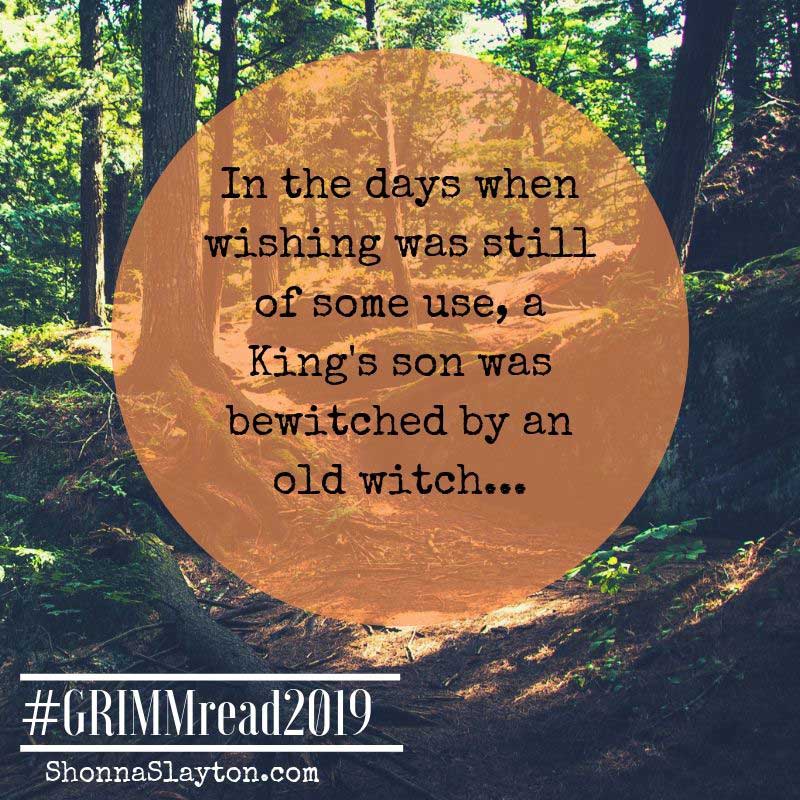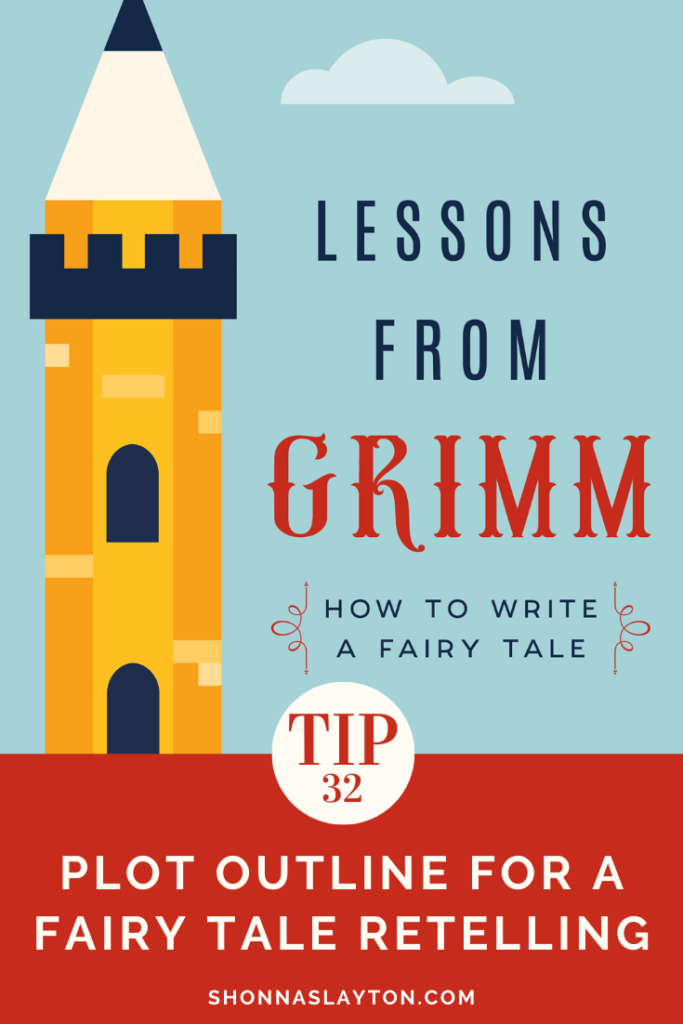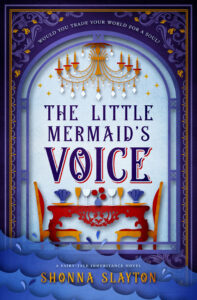I’ve commented before how many of the Grimm’s fairy tales are like retellings of other Grimm’s tales. We read versions of the same story elements over and over. This week’s readings contain more examples of plot elements from other stories being re-used in a new story. If we pull these out in generic terms, we’ll get the bones of a plot skeleton.

In particular, the story that caught my attention this week was The Iron Stove. It’s a mishmash of several fairy tale tropes:
- 1. An enchanted prince; a lost princess; a forest
Here we have a prince magically trapped inside an iron stove in the forest. A lost princess stumbles upon him, hungry and thinking she’s going to die.
- 2. A bargain is struck.
The trapped prince agrees to help the lost princess if she’ll come back and marry him. Seeing no way out of her plight, she agrees.
- 3. A promise is broken.
After the prince helps her get home, she goes back on her promise.
- 4. Trickery transpires.
The princess conspires with the king to send someone else in her place. None of the replacements can break the enchantment and so confess who they really are: the miller’s daughter and then the swineherd’s daughter.
- 5. A threat is given.
The prince tells the swineherd’s daughter that the kingdom will fall— not one stone left standing— if she doesn’t come rescue him.
- 6. True love is found.
The princess comes and rescues the prince. Lo and behold, he is a handsome youth with jewels besides. She falls hard for him.
So far, the plot is standard fairy tale. It could end with the princess freeing the prince, falling in love, and a Happily Ever After.
But it goes on….and turns into a fiancee rescuing her betrothed from another impending marriage scenario. (Sweetheart Roland, The Twelve Huntsmen)
I’m uncertain what was going on at this time in the world where so many girls had to track down their betrothed men and remind them of their first loves. Coupled with all the soldier stories in Grimm, I wonder if it is the girls from the hometown getting engaged, and then the guys going off to war and meeting another girl in another town…?
Back to our story…
The princess returns home to see her father once more before joining her prince. The prince tells her not to say more than three words to the king, but she does.
- 7. Love is lost.
In today’s story telling world, this would mark the end of book one. (Or possibly the midpoint, although the second half of the book is so different from the first, a separate novel might be better.) The princess would run back to the forest to join her man, but she would not be able to find him. Modern readers don’t appreciate sharp cliffhangers, so to soften the blow, a modern day reteller could shore things up by having the princess make plans to track the prince down not matter the cost so that the novel ends with a ray of hope.
- 8. The journey/quest begins.
Somehow, because the princes spoke more than three words to her father, the iron stove in the forest disappears and is carried over glass mountains to another kingdom. The prince is also carried away, even though he is no longer confined to the stove (?)
The princess follows, finding a house in the woods filled with toads (who are also enchanted princes and princesses!)
- 9. Oddly specific gifts are given.
The toads give the princess very specific gifts to help her on her quest: three needles, a plow wheel, and three nuts.
- 10. Long journey of obstacles ends at a castle.
The princess uses the three needles to climb the glass mountain, and the plow wheel to safely roll over the sharp swords.
- 11. Princess disguises herself as kitchen maid.
When the princess finds the prince is planning to marry the princess in this kingdom, she goes undercover. One night when she bites into one of the nuts and discovers a beautiful dress inside.
Now, if you’re thinking this is starting to sound familiar, it’s because we’ve read this part of the story before.
In All Kinds of Fur, the princess packed her dresses of the sun, moon, and stars into a nutshell and found work as a kitchen maid in another kingdom. In The Singing, Springing Lark, the youngest daughter goes to the sun and moon for help in rescuing her prince and is given a casket. Inside is a beautiful dress which she uses to trade for a night with her former betrothed.
- 12. A night with the prince.
In this week’s story, the princess also trades each of her dresses for a night with her former betrothed.
- 13. A sleeping potion.
And, similar to The Singing, Springing Lark, the new fiancee takes no chances in letting another woman spend the night with her man, so she gives the prince a sleeping potion. This ensures that the old fiancee can’t make her case and woo the prince back.
- 14. Servants interfere.
Loyal servants to the prince hear the new girl crying about not being able to tell the prince who she really is, so they tell the prince.
- 15. Prince is curious.
He avoids the sleeping potion so he’ll be awake the next time the new maid comes to his bedroom.
- 16. Love is restored.
The prince recognizes his true bride. He thought she had died! (okay?) They leave, retracing the journey to the toad house. When they enter, that enchantment breaks and it becomes a castle filled with princes and princesses. They marry and bring the princess’s father to live with them in their larger castle.
And of course….17. Plot holes
You don’t want to leave plot holes behind. Editors and beta readers can help you find your blind spots and point these out. Things like:
- How does the princess get across the lake? The toads never gave her anything for that.
- The witch who started the whole enchantment is never seen again. Did she also enchant the toads?
- How were the princess’s words to her father a trigger for another enchantment? It would be more satisfying a read if there was a reckoning at the end with the witch.
Are you enjoying this blog series on Grimm? If so, be sure to sign up for my newsletter list so you’ll get periodic reminders to come back and read the latest analysis. Click on “free prequel” in the menu above to sign up.
See also: Plot Decisions




